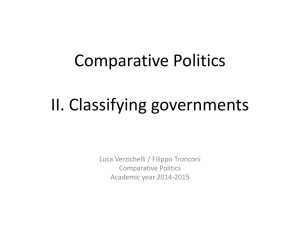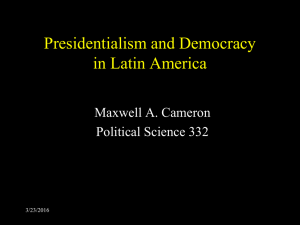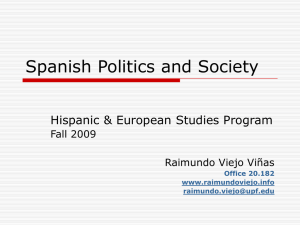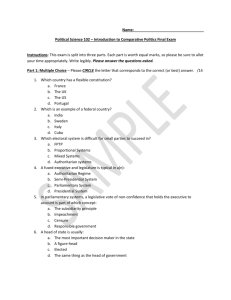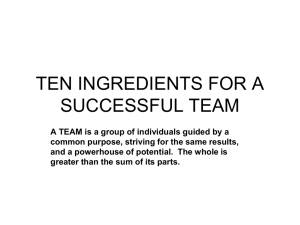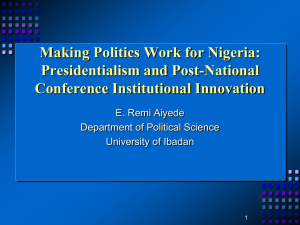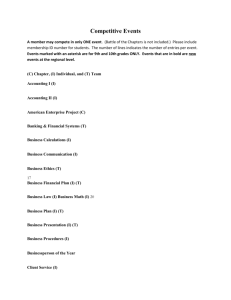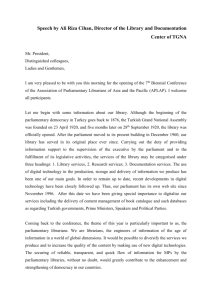Parliamentarism vs. Presidentialism
advertisement
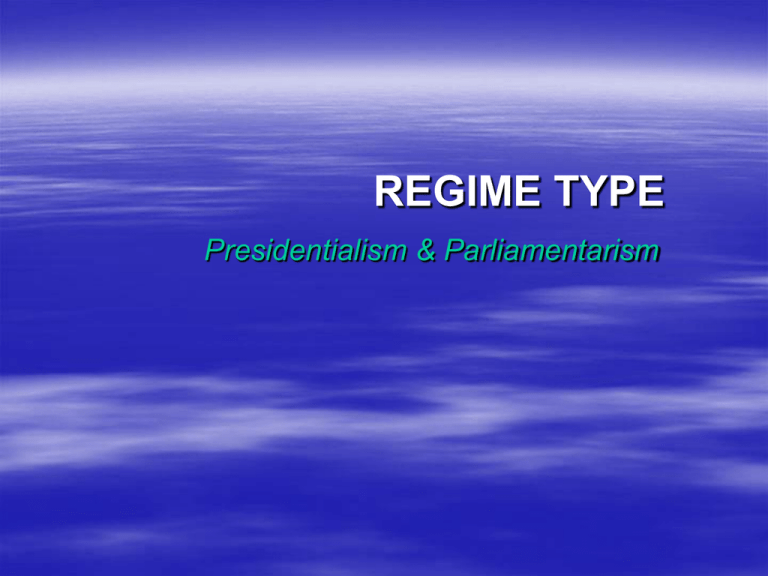
REGIME TYPE Presidentialism & Parliamentarism Political Systems & Economic Models ► ► ► ► ► ► Democratic regimes Rely on formal constitutions that protect citizens’ rights and call for free elections Authoritarian regimes Concentrate power in the hands of one ruler or a ruling few Rely on ideology, religion, or personal charisma as a source of moral authority Market economies Command economies Welfare-state systems Constitutional democracies Welfare-state Systems ► The state plays a major role in redistributing wealth ► Some key parts of the economy (railroads, airlines, and public utilities) are nationalized ► The government uses fiscal & monetary policies to regulate the economy ► High tax revenues are used to support social programs ► Education & health care are free or heavily subsidized ► Job security Presidentialism & Parliamentarism ► What is the difference between presidential and parliamentary systems? ► What is the confidence relationship? ► How are governments formed in parliamentary systems? ► What is premier-presidentialism? ► What are the positive and negative aspects of presidentialism? Parliamentarism? PremierPresidentialism? Constitutions ► ► ► ► ► ► What is the confidence relationship? Basic rules concerning decision making, rights, and the distribution of authority within a political system. May or may not be written. May or may not be a single document. Written or codified constitutions important for systems based on the rule of law. Democratic constitutions vary across three dimensions Separation of powers Geographic distribution of authority (unitary vs. federal) Limitations on government authority Fused vs. Separated Powers ► A long history in political theory ► Rooted in part in political revolutions. ► Associated with preventing the ability of unchecked executive or legislature rule. ► Classic theories predicated on the US (presidential) and the UK (parliamentary) models. ► Models posit very different relationships between the executive and the legislature. Presidentialism ► Executive and legislative branches are elected separately (separate origin). ► Cabinet members do not sit in the legislative branch. ► Both branches are elected for a fixed term. ► Neither branch can remove the other except in extraordinary circumstances (separate survival). ► President as head of state and head of government. Parliamentarism ► ► ► ► ► ► Only the legislature is directly elected. Prime Minister and the Cabinet constitute the executive (collective executive). Prime Minister and the Cabinet come from the legislature (fused power-shared origin). Prime Minister as head of government. Terms for the executive and the legislature are not fixed. Confidence relationship exists between the executive and legislative branches (shared survival). Confidence Relationship ► Concept of responsible government defines parliamentary systems. ► PM and his or her government must have the confidence of the chamber (majority support). ► Legislature possesses authority to express no confidence in the executive. ► Executive (PM) has powers of dissolution. Parliamentarism as Party Government ► Disciplined political parties are critical in parliamentary systems. ► After electorate votes, who will control office is a key question. ► Party systems are key to shaping this process. ► Majoritarian vs. proportionate party systems. Majoritarian vs. Proportionate Systems ► Electoral system is key distinction. ► Plurality /Single member districts majoritarian systems (NZ, Australlia, UK, Canada, France, India, US). Proportionate/Consensual systems. Most developed parliamentary systems are proportionate. ► Study of linkages between elections and governments central to politics in democracies. ► Coalitions shaped by institutions and systemic factors. Critiques of Presidentialism ► Track record outside of the US is debatable. ► Fixed terms create inflexibility. ► Suffers from immobilism due to divided government. ► Winner take all logic hinders stability. ► Direct elections creates opportunities for outsiders or demagogues. ► Unclear who to credit or blame for policy. Response of Presidentialism Critiques of Parliamentarism ► Direct elections provide more choice for voters (increases accountability and identifiability). ► Legislators vote on the merits of policy rather than on confidence measures. ► Parliamentary systems experience divided government in bicameral settings. ► Majority governments in parliamentary systems are often unchecked (winner take all). ► Flexibility of parliamentarism problematic when stable governments cannot form. Comparison of Advantages Parliamentarism vs. Presidentialism Flexibility Clear lines of accountability Clear majority rule Efficient, streamlined decision making. Decisive leadership Checking/balancing of power Necessarily cumbersome legislative procedures Stability, personalized leadership Easy to pinpoint responsibility Comparison of Disadvantages Parliamentarism vs. Presidentialism Instability Numerous, fragmented party system Fusion of powers Dangerous for young democracies Inflexibility Effects on Party System Zero-sum, majoritarian politics Personalism, corruption Dual legitimacy Lack of role differentiation
